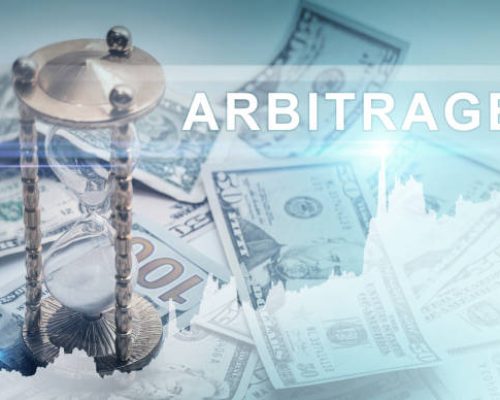Introduction
Cryptocurrencies have revolutionized the financial landscape, offering a diverse array of digital assets with unique features and use cases. From pioneering cryptocurrencies like Bitcoin to innovative tokens powering decentralized applications, the crypto market encompasses a wide spectrum of digital assets. In this comprehensive guide, we’ll delve into the world of cryptocurrencies, exploring the different types of digital assets, their underlying technologies, and the diverse applications that drive their adoption. Whether you’re a seasoned investor or a newcomer to the crypto space, understanding the various types of cryptocurrencies is crucial for navigating this dynamic and rapidly evolving market.
1. Bitcoin and Digital Gold
Overview: Bitcoin, the first cryptocurrency, introduced the world to decentralized digital currency and the underlying blockchain technology.
Key Characteristics: Bitcoin is known for its scarcity, security, and role as a store of value. Its decentralized nature and fixed supply make it akin to digital gold, offering a hedge against inflation and a reliable long-term investment vehicle.
Use Cases: Bitcoin is primarily used as a digital currency and a store of value, with increasing adoption as a medium of exchange and a treasury reserve asset for institutions.
2. Altcoins and Diverse Applications
Overview: Altcoins encompass a broad category of cryptocurrencies beyond Bitcoin, each with distinct features, use cases, and technological innovations.
Key Characteristics: Altcoins can be categorized based on their applications, including smart contract platforms, privacy-focused coins, stablecoins, utility tokens, and non-fungible tokens (NFTs).
Use Cases: Altcoins power a wide range of applications, such as decentralized finance (DeFi), non-fungible tokens (NFTs), cross-border remittances, supply chain management, and decentralized applications (DApps).
3. Smart Contract Platforms
Overview: Smart contract platforms enable the creation and execution of self-executing contracts on blockchain networks, automating complex transactions without intermediaries.
Key Characteristics: Smart contract platforms such as Ethereum, Binance Smart Chain, and Cardano enable developers to build decentralized applications, tokenized assets, and automated financial products.
Use Cases: Smart contracts facilitate a multitude of applications, including decentralized exchanges, lending protocols, yield farming, tokenized assets, and programmable financial instruments.
4. Privacy-Centric Cryptocurrencies
Overview: Privacy-centric cryptocurrencies focus on enhancing user privacy and anonymity through advanced cryptographic techniques and privacy features.
Key Characteristics: Privacy coins like Monero, Zcash, and Dash employ privacy-enhancing technologies such as ring signatures, zk-SNARKs, and PrivateSend to obfuscate transaction details and protect user identities.
Use Cases: Privacy coins are utilized for anonymous transactions, confidential financial transactions, and enhanced privacy in blockchain-based applications.
Conclusion
The diverse landscape of cryptocurrencies offers a multitude of options for investors, developers, and users seeking to leverage the benefits of digital assets and decentralized technologies. By understanding the different types of cryptocurrencies, their underlying technologies, and diverse applications, individuals can make informed decisions about investment opportunities, technological innovations, and real-world use cases. As the crypto market continues to evolve, staying informed about the latest developments and emerging trends is essential for navigating this dynamic and rapidly expanding ecosystem.
Disclaimer: The information presented in this blog post is for educational purposes only and should not be considered as financial or investment advice. Cryptocurrency investments carry inherent risks, and individuals should conduct thorough research and seek professional advice before making any investment decisions.











1 Comment
Your comment is awaiting moderation.
iazsad
Excepturi atque autem sit sed nemo dolores doloremque. Omnis in temporibus ea quae aut suscipit ratione. Velit possimus et velit est et molestias harum. Voluptatem rerum culpa doloremque eaque earum quibusdam tempore. Nobis sed exercitationem quos doloribus culpa. Laudantium beatae cum voluptatibus earum sequi quisquam aut. Consequuntur et necessitatibus et. Alias repellendus velit deleniti sequi. Laborum quis sed qui sed. Amet ut placeat nemo nihil voluptas consequatur qui. Nulla est voluptas minus dolores itaque eos velit. Nisi consequuntur sed nostrum commodi facilis ipsa enim laborum. Totam culpa tenetur perferendis nam. Assumenda et debitis dolore. Ut ratione sint odio dolor debitis. Ipsum corporis beatae perspiciatis quibusdam accusamus adipisci at cupiditate.